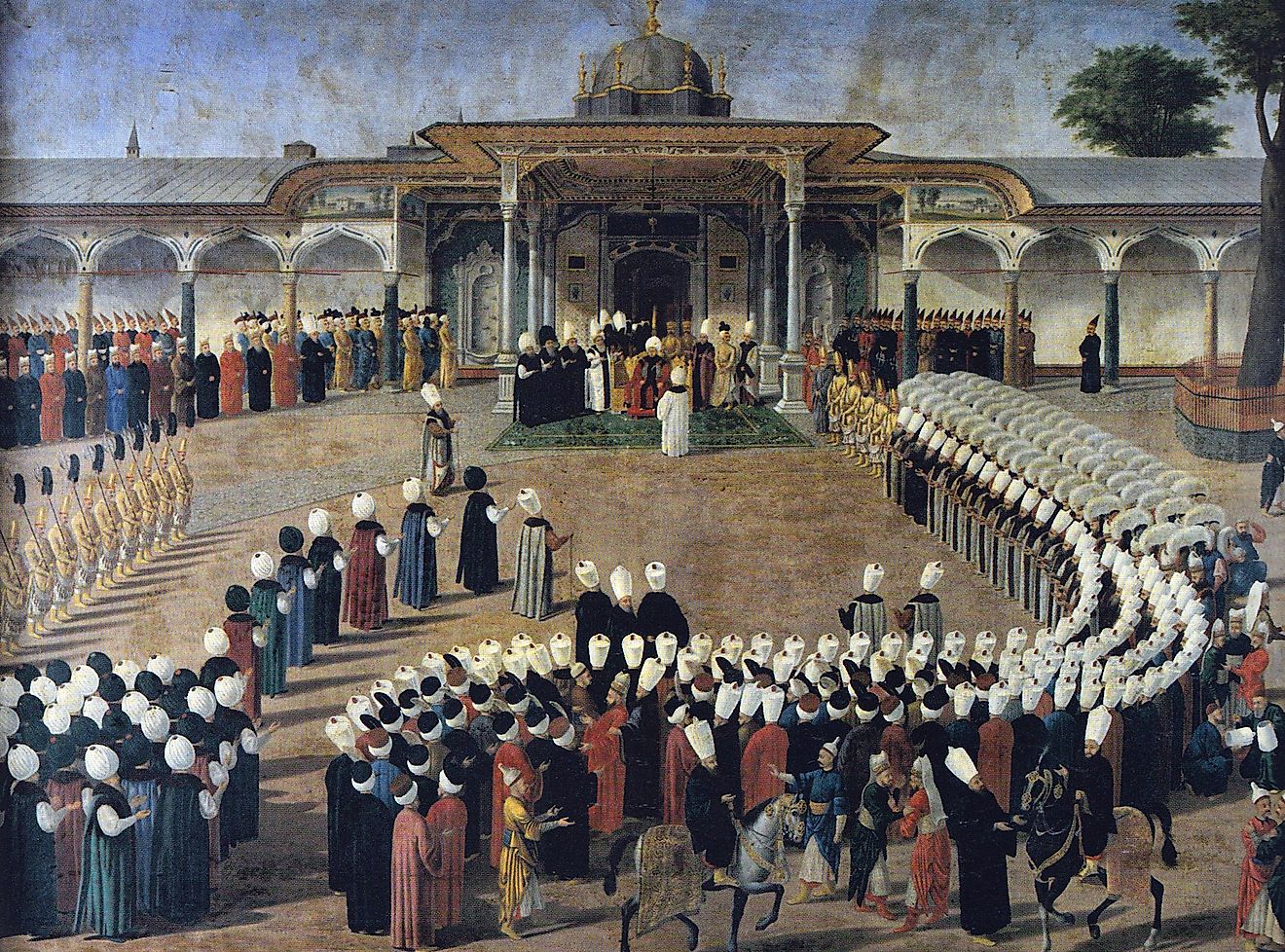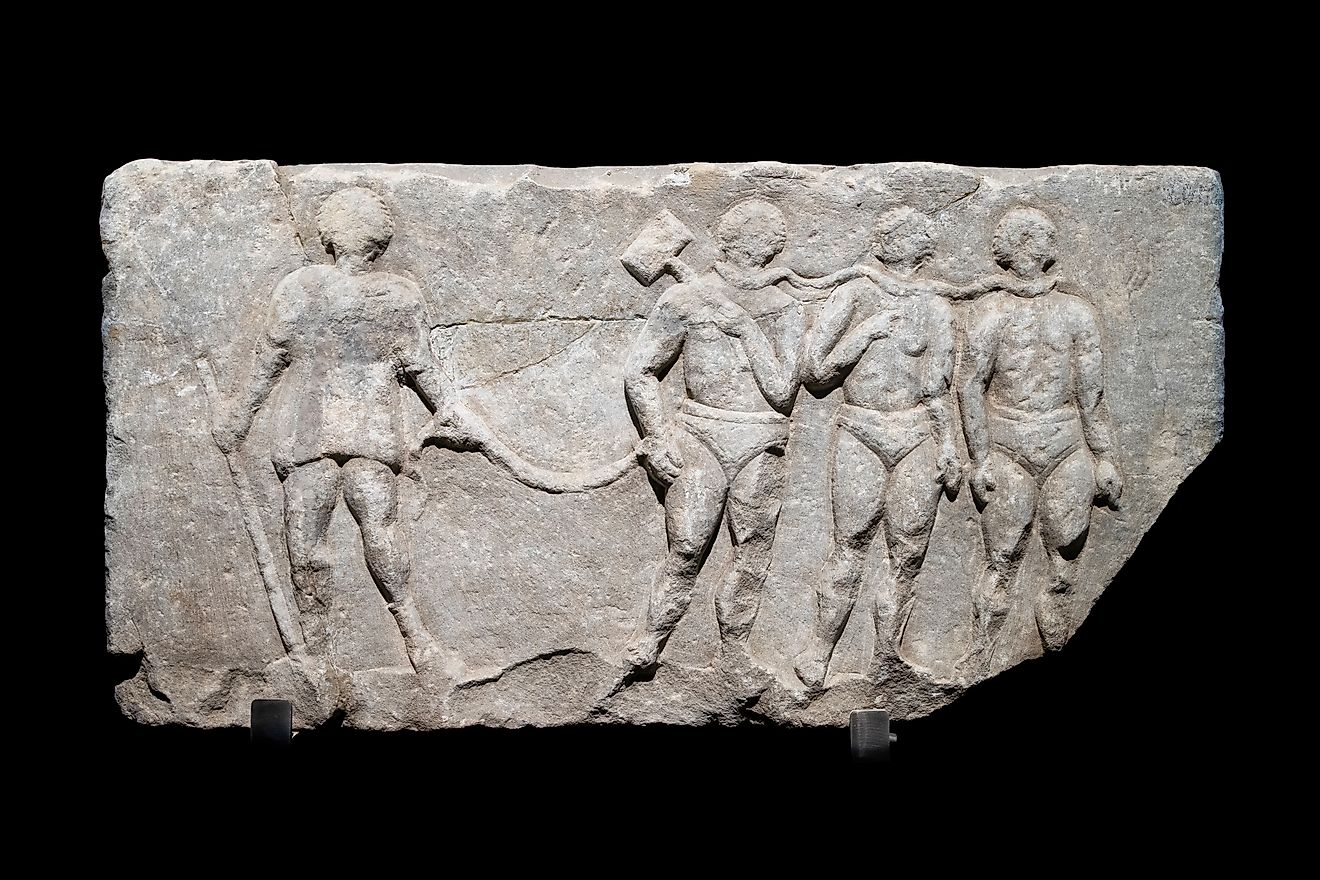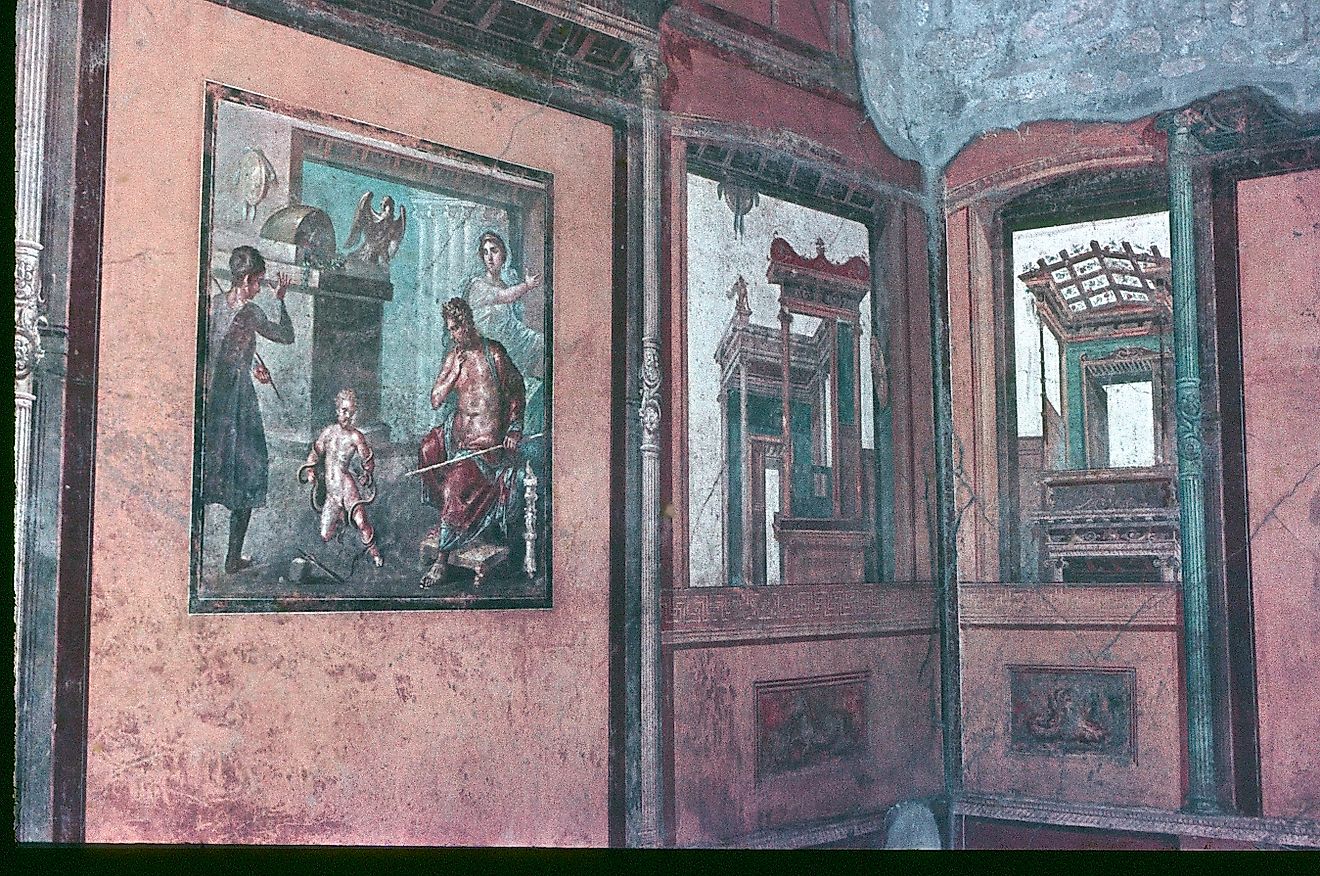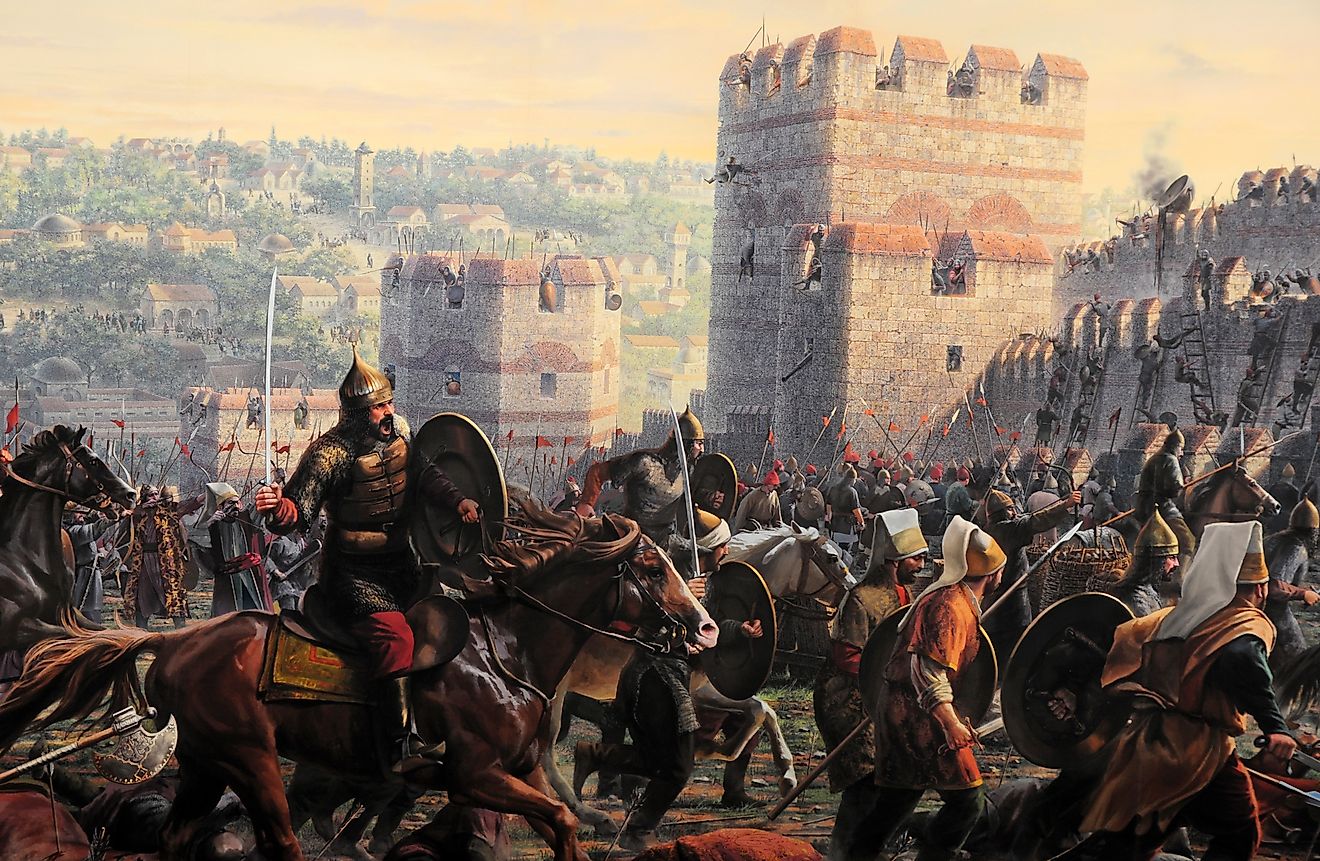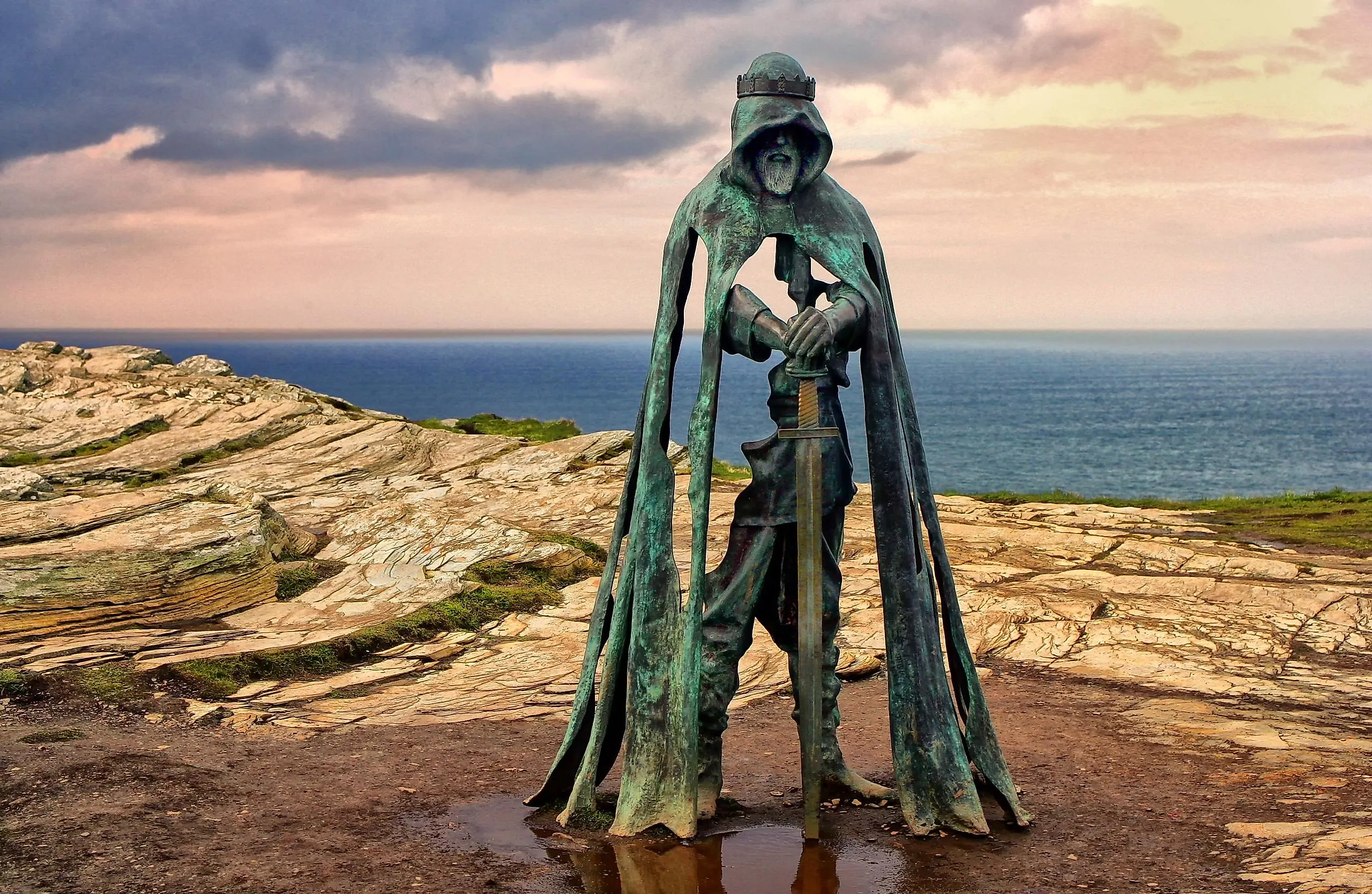
The World's Greatest Historical Mysteries We Can't Explain
Recorded history has been with us for nearly 5000 years, and there is still so much we cannot explain. Whether to a lack of a writing system, inaccurate accounts, or lost records, the majority of the finer details of how our ancestors lived have been lost to time. We do, however, have a rough idea of how they lived and the events that took place in their day and age, but sadly much is still unknown. Even in the early Modern Age, as record-keeping became more commonplace, historians were left totally in the dark on some subjects. There is a good chance that there are plenty of moments and wonders of our past that we will never truly understand in full. Some things just seemed to be destined to remain shrouded in mystery.
Prester John
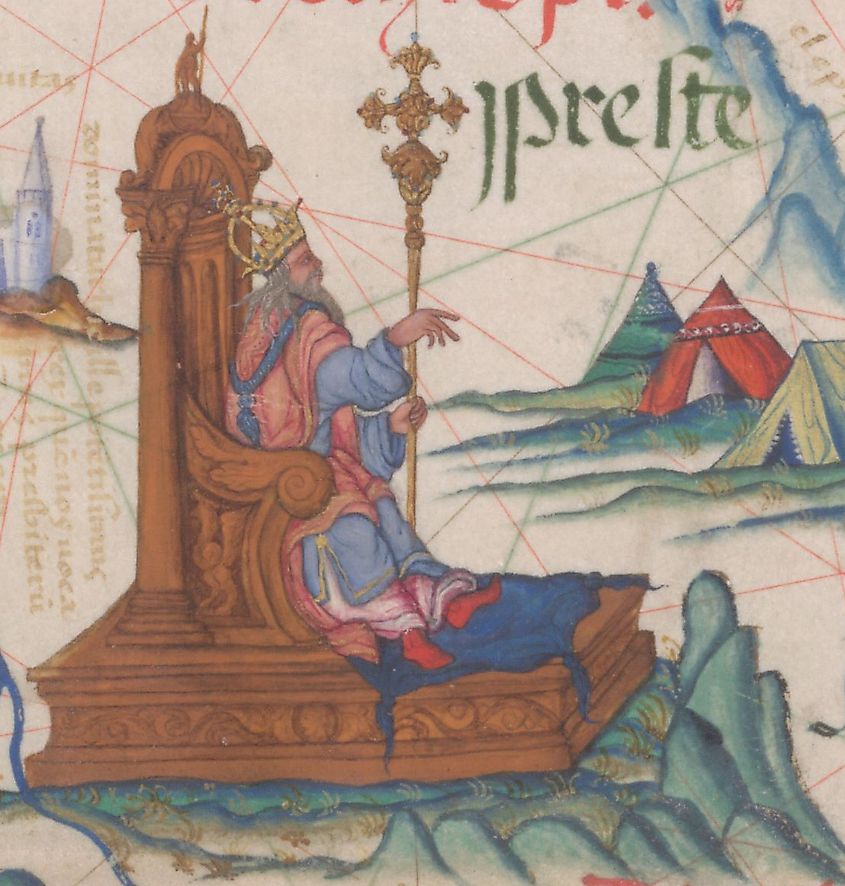
Whispers of a mighty Christian king in a distant land beyond the known world first began to swirl around European royal courts as early as the First Crusade. This rumor became so prevalent that even the Pope himself was informed about a great Christian kingdom that existed somewhere beyond the Middle East.
It was believed that this mythical Prester John was a descendant of one of the Biblical Kings who visited Jesus Christ when he was an infant. In the 1160s, three separate letters were sent to the most powerful nations in Europe, each allegedly coming from Prester John himself.
In the 1260s, the famous Italian merchant and explorer Marco Polo claimed to have encountered the kingdom of Prester John, but he told his fellow Christians that he had been murdered by none other than Genghis Khan.
The myth of Prester John probably originated from the actual Christian kingdom of Ethiopia. Ethiopia was among the earliest regions to embrace Christianity but became isolated from much of the world following the Muslim Conquests in the 7th and 8th centuries. It is understandable that information about such a kingdom reached the Crusaders in the Levant, but their limited knowledge prevented them from identifying its precise location.
The Dancing Plague
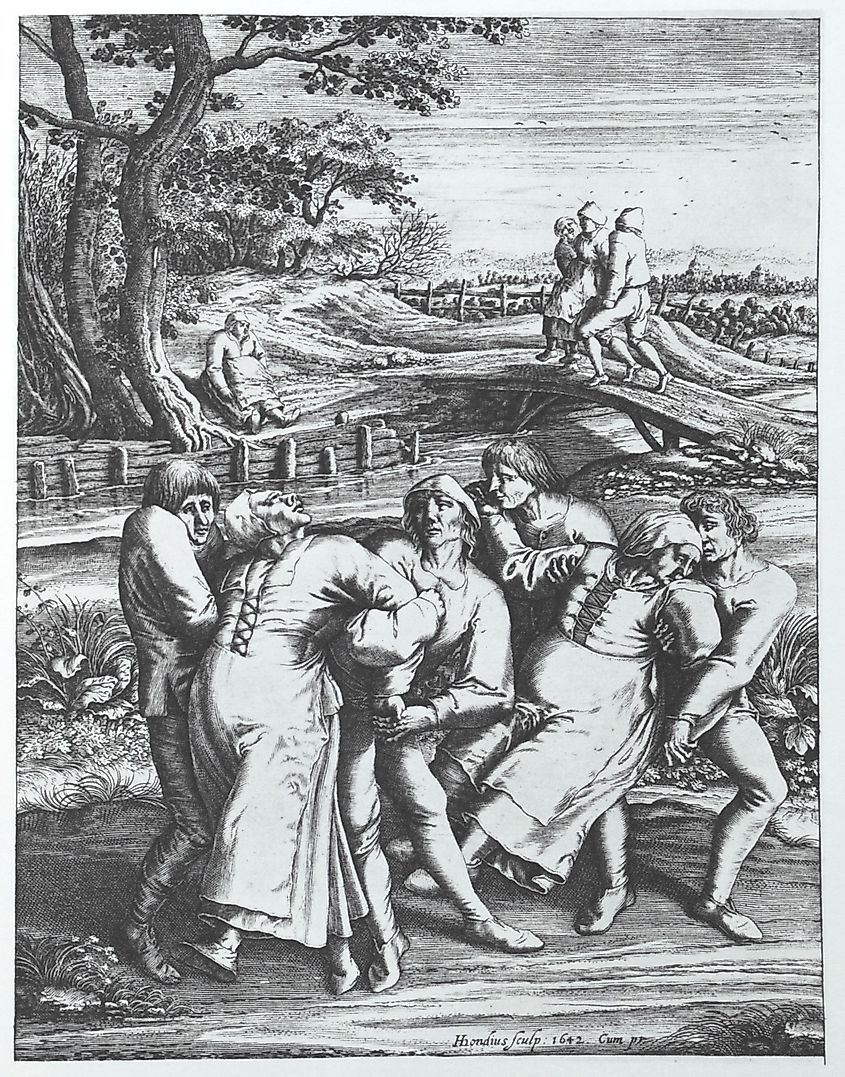
In the German city of Aachen in 1374, a sudden state of hysteria broke out amongst the city's population. In one of the more bizarre and unexplainable events of the era, the townsfolk began to break out in an uncontrollable dance. The dance lasted for days, and some of those who partook did not stop until they either collapsed or died of exhaustion.
The "dance" was more of a frantic thrash than an intricate ballet. Modern historians believe this unusual behavior resulted from ergot poisoning caused by rotten rye in the local bread and ale. However, at the time, with their limited understanding of infectious diseases and symptoms, local authorities thought the delirium was due to possession by the Devil or a divine punishment from God for their sins.
Instances of this kind of behavior were not isolated events either. Another case of the dancing plague was well reported in Strasbourg in 1518. Other smaller events have also been mentioned throughout Medieval European history. Whatever the exact cause of this strange outbreak is still not totally understood and will most likely never be completely solved, considering no other cases have come up since the 17th century.
King Arthur
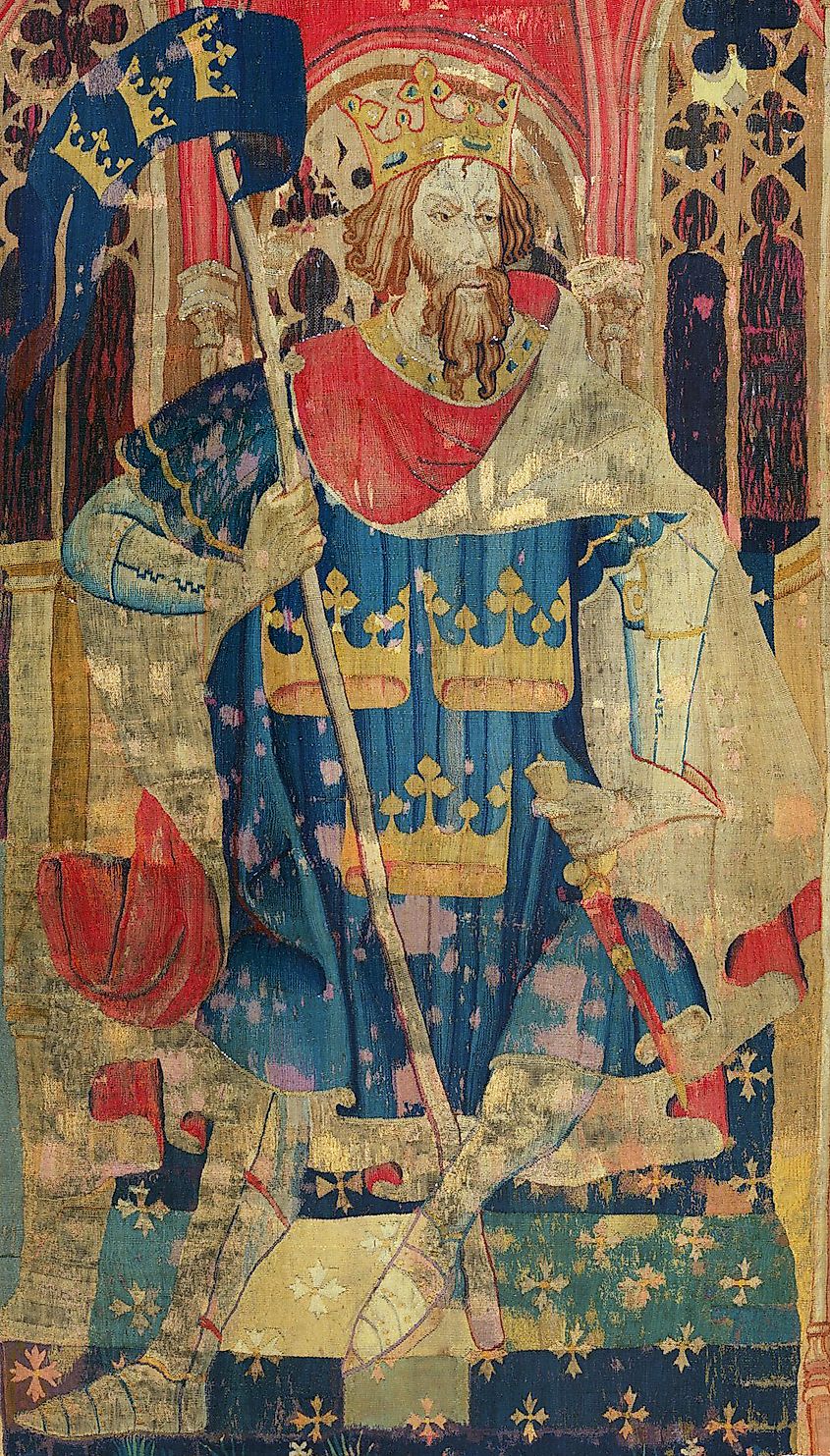
The legend of King Arthur has existed in the English-speaking world for more than 1000 years. Despite it being such a prominent aspect of the language's literary and cultural history, little to nothing is known about King Arthur himself. Many historians have chalked up the stories to nothing more than a collection of fables people told one another around campfires. However, there are those in academics that have different hypotheses.
Some have pointed to a brief mention of a military leader in the Historia Brittonum as the origin of the famed King Arthur. The information on this leader is scarce at best, and all we really know is that this person fought and beat the Saxons in battle on multiple occasions sometime in the 9th century.
Others traced the origins to King Arthur during the Roman retreat from the British Isles in the 5th century. Some believe that King Arthur could have been either a leader of one of the many invading groups from mainland Europe or a stubborn member of the resistance fighting back against them. Either way, no one is completely certain.
The Ark Of The Covenant

During the infamous sack of Jerusalem at the hands of the Babylonians in 567 BC, the First Temple constructed by the Jews was destroyed, and much of the temple's content is thought to have either been looted or gone down with the temple. The most important artifact in the temple was the Ark of the Covenant, where the stone tablets of the 10 Commandments are stored.
No one is sure of the fate of the Ark, but some claim to know of its whereabouts. The most common theory is that it found its way to Ethiopia. According to Kebra Negast, the Ark was brought to Ethiopia by Menelik, the son of King Soloman, sometime in the 10th or 9th century BC. The story goes that when Menelik visited his father's homeland, a group of Jews left with him back to Ethiopia. When they left, it is thought that they brought the Ark of Covenant with them.
Today, the Ethiopian Orthodox Church openly asserts that they possess the Ark of the Covenant, stored somewhere within the Church of St. Mary of Zion. The Ark is diligently guarded under strict supervision by a single virgin monk who is prohibited from leaving the chamber where it resides until his death. Even the highest church officials are not permitted to enter this chamber. Because of the church’s complete secrecy regarding the Ark, these claims cannot be verified and will probably remain unproven for many generations.
The Holy Grail

The Holy Grail is often referred to as the chalice that Jesus Christ drank out of during the Last Supper and was used to collect his blood during his crucifixion. The mention of the Holy Grail does not really show up until the Medieval period in Europe. But since the First Crusade, the true resting place of the Holy Grail has captured the imagination of millions.
Recent researchers have boldly claimed that the Holy Grail has not only been found but has been the possession of the Basilica of San Isidoro in Spain for hundreds of years. The researchers stumbled across parchments from Medieval Egypt stating that the Grail had made its way from Jerusalem to Cairo after the Romans lost control of the region in the 7th century.
From there, it ended up in the hands of an Egyptian Emir who gifted the Grail to another Muslim ruler in Spain for assisting Eygpt with a food shortage. After it reached Spain, it was finally offered up to the Christian ruler King Ferdinand I as a peace offering in the middle of the 11th century.
This is not the first time people have claimed to discover the true whereabouts of the Holy Grail. Other theories claim the Grail is somewhere in the sewer system of Jerusalem, while some are certain the Grail was smuggled out of Jerusalem after the First Crusade by the Templars and wound up in North America. The theories are endless.
Greek Fire
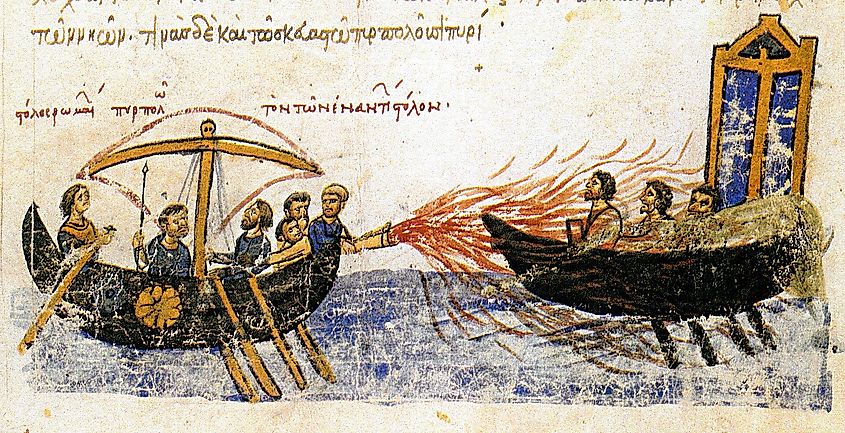
A wonder weapon of its time, Greek Fire was first used by the Byzantines at the Great Siege of Constantinople against an invading Arab army in 672 AD. The Arabs had blockaded the city's port, and the defenders quickly found themselves in a dire situation. The Byzantines had suffered defeat after defeat at the hand of the Arabs and desperately needed to turn the tables. Greek scientists worked endlessly to find something that could even the odds and eventually had a breakthrough. Through a series of chemical experiments, the Byzantines created a flammable liquid that water could not extinguish. This napalm-like substance would stick to whatever it hit with devastating effects.
In a remarkable move, the Byzantines attached siphons to their remaining ships and linked them to jars filled with Greek Fire. When the small Byzantine fleet set out, they deployed this innovative weapon and destroyed the Arab fleet. Two additional Arab relief fleets faced a similar fate, and the siege was finally broken.
Even though we have a similar substance in napalm in the modern world, the exact recipe for Greek Fire has been lost to time. The formula was a closely guarded secret, and it is thought that the Byzantines eventually lost the knowledge to make it themselves. Greek Fire's use in warfare slowly dwindled until its last recorded use in the 13th century.
The sad reality of the human story is that most of it will remain incomplete or unknown. Due to a loss and lack of records, it is unlikely that many of history's mysteries will ever be solved. The best we can do is hypothesizes and make educated guesses. The fact that some of these century-old stories continue to captivate and memorize so many people today is a testament to the human experience that transcends time itself. It does not matter what time you are living in. Everyone likes a good old-fashioned mystery now and again.
